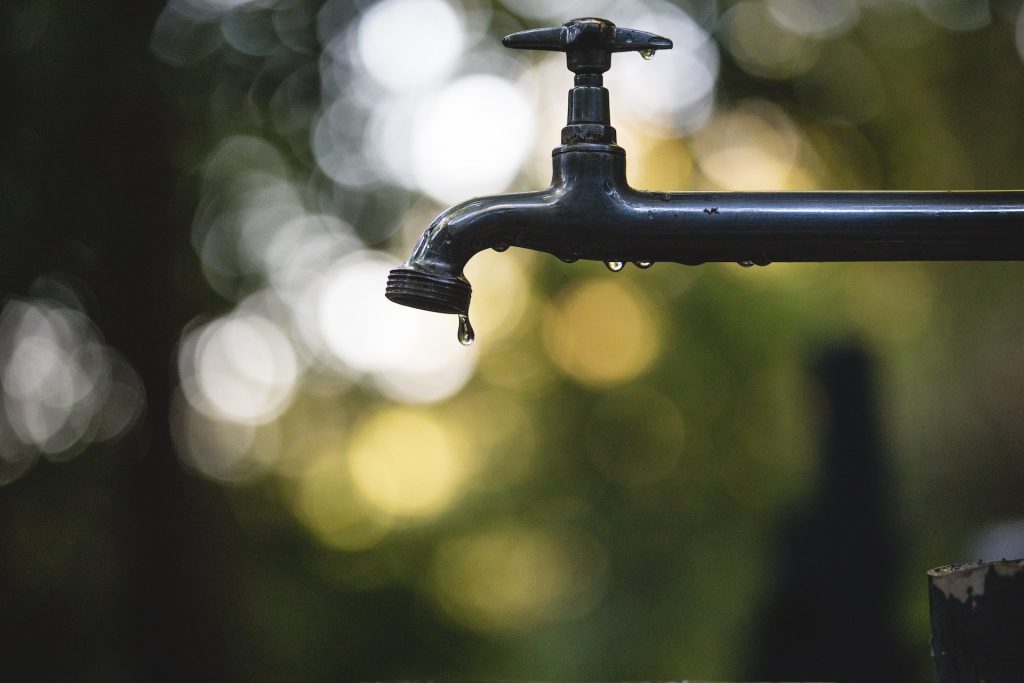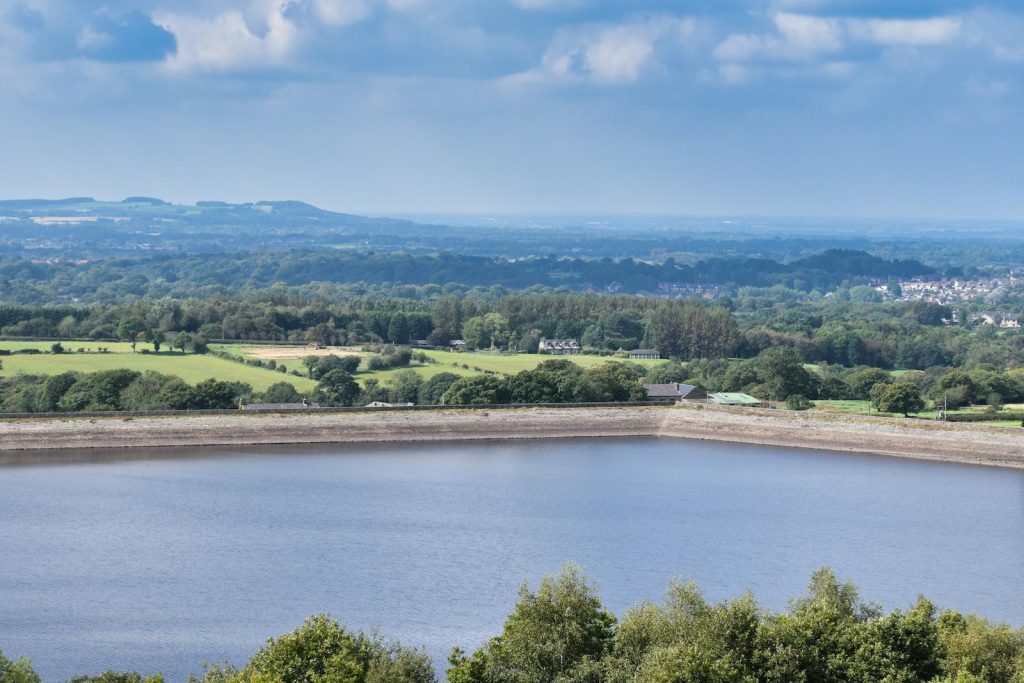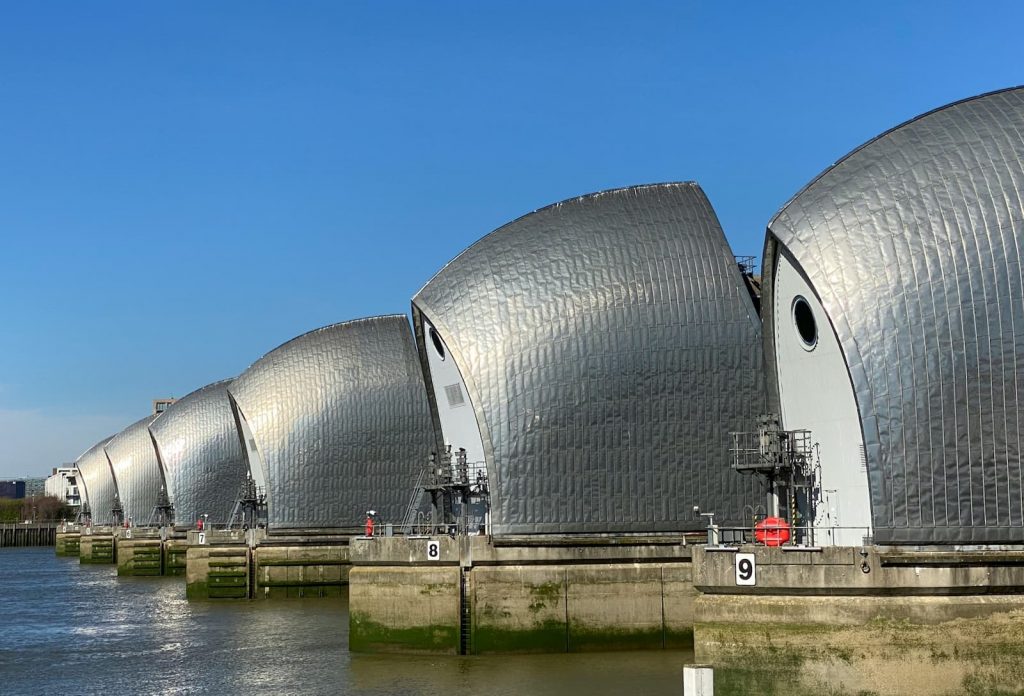The water industry is, it goes without saying at this point, going through a somewhat rough patch, and regardless of the results of July’s General Election, change is impossible to avoid for many business water suppliers.
With multiple instances of contaminated water, boil water notices and sewage overflows having led to a grand total of three prosecutions out of 362 instances investigated by the Drinking Water Inspectorate, radical improvements have moved from desirable to necessary.
Many of these concerns, which are due to failures of infrastructure, protocol or both, were echoed in one particular incident of water contamination that to this day is still the source of controversy.
The Camelford Mass Poisoning
In 1987, plans were set into motion to change the fundamental ownership and administration structure of water suppliers from a nationalised system of public sector regional water authorities to ten private water companies.
This process was completed in 1989, although it has remained controversial ever since with fundamental questions about the priorities of private water companies, given that prices have increased, services have gotten worse and infrastructure has barely been upgraded since the 1980s.
In between the 1987 General Election and the completion of this process was a major contamination incident that potentially could have ended these privatisation plans before they even started, and the causes, immediate actions and aftermath have remained controversial ever since.
On 6th July 1988, a tanker driver by the name of John Stephens was working in relief for a more experienced driver for ISC Chemicals, travelled to Bodmin Moor and the local Lowermoor Water Treatment Works with a tank full of aluminium sulphate.
Aluminium sulphate is typically used as a coagulant that removes solids from untreated water, used in the early stages of water treatment before the removal of sediment and more precise filtration.
He did not know the area particularly well and was given a universal key to pour the aluminium sulphate he was driving into what he thought was a storage tank for the important treatment.
It was not. It was, in fact, the distribution tank where water was stored prior to being distributed to customers, meaning that 20 imperial tonnes of aluminium sulphate was added directly to the water supply, 3,000 times the safe level.
The chemical broke down into sulphuric acid, which caused huge amounts of damage to lead and copper piping, and removed other chemicals from the pipe networks that were important in ensuring water remained safe to drink.
The affected area, which comprised around 20,000 locals and potentially 10,000 tourists in Cornwall, almost immediately complained about acidic water, but the response from South West Water was that it was less harmful than lemon juice and mixing with orange cordial would hide the taste.
In reality, the water had huge amounts of aluminium in it, with the maximum concentration recorded at 620 mg per litre, compared to the 0.2 mg per litre allowed by European Community rules at the time.
John Lewis, the SWW district manager at the time, later testified that they knew within 48 hours of the cause because Mr Stephens had told them about the mixup, but instructions from the head of operations were not to tell the public.
Because of the level of concentration of contamination, boil water notices would have been counterproductive and would have made the effects potentially even worse, and neglecting to inform the public as soon as possible may have led to long-term health issues and the deaths of people such as Carol Cross.
It took 16 days from the incident occurring and at least a fortnight from SWW being aware of it, and even then the first mention of the contamination was in the sports section of the Western Morning News, a local newspaper with a very limited circulation.
A coroner investigating Mrs Cross’ death described the lack of immediate communication as soon as they were aware of the problem as “gambling with 20,000 lives”.
John Lewis would be dismissed over the contamination once it had gone public, although this decision was itself somewhat controversial.
The contamination remains the greatest mass-poisoning event in British history and allegations of a cover-up have continued to be suggested and investigated in the decades since, particularly as the health implications become increasingly clear.
The pollution incident happened as South West Water was being sold and there have been suggestions that disclosing the true nature of the incident may have reduced investor confidence in the newly privatised water industry.
Had this been the case, the water industry could have looked very different, and the harsh lessons learned today might have been learned sooner.



